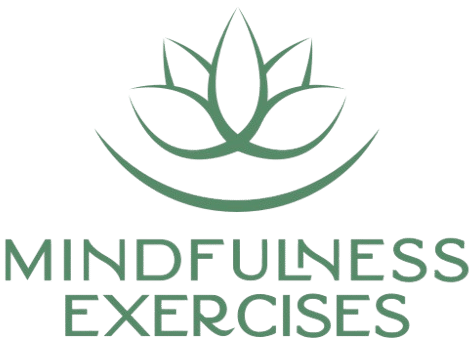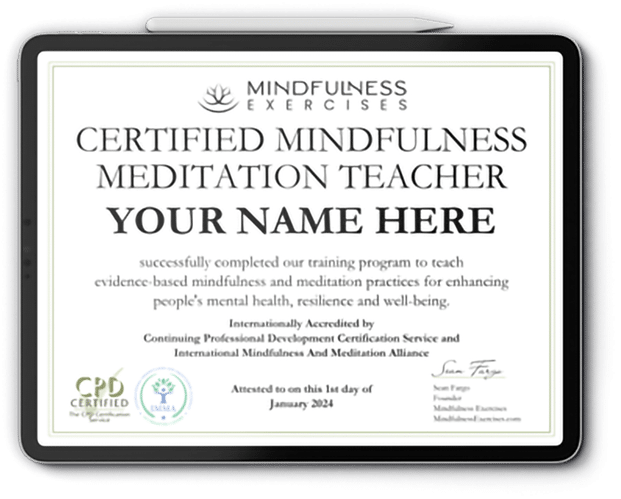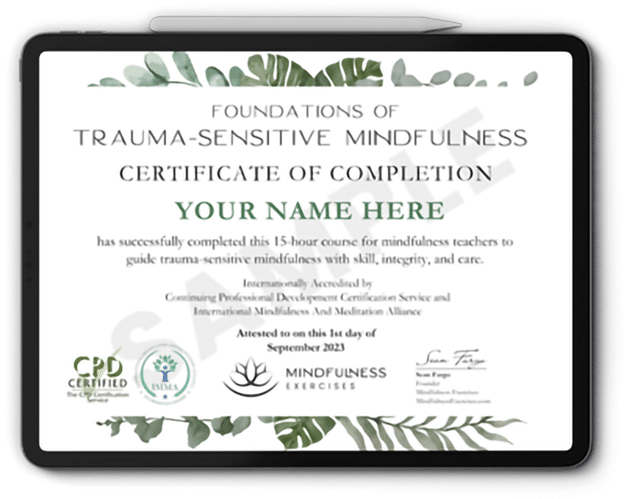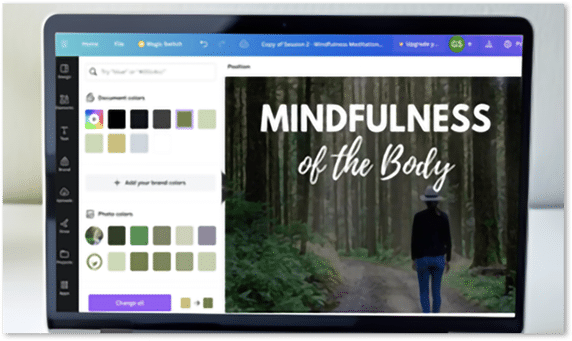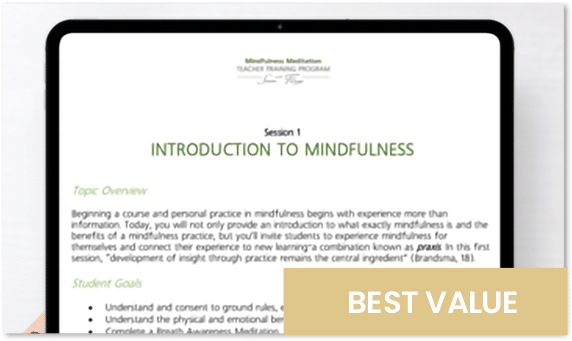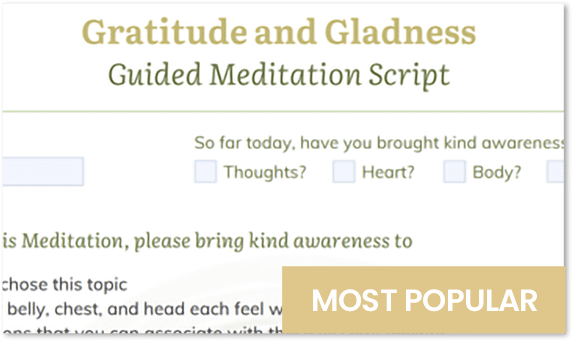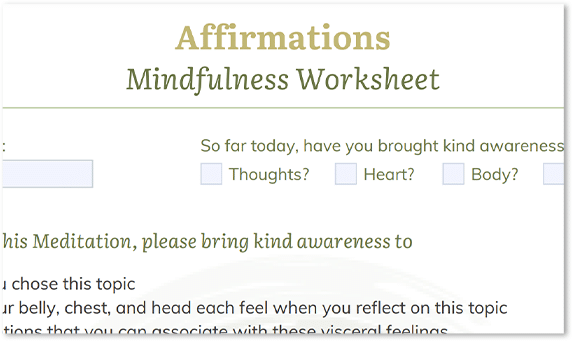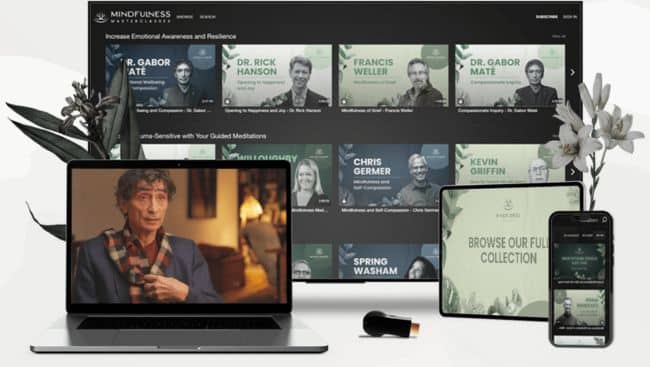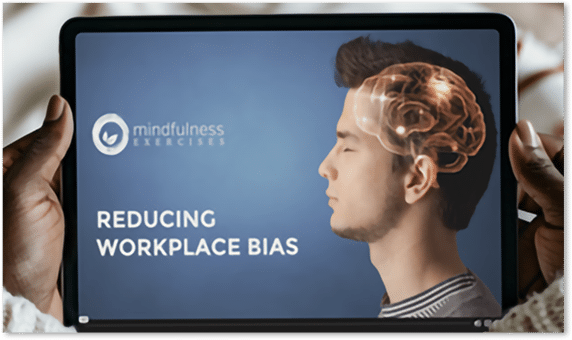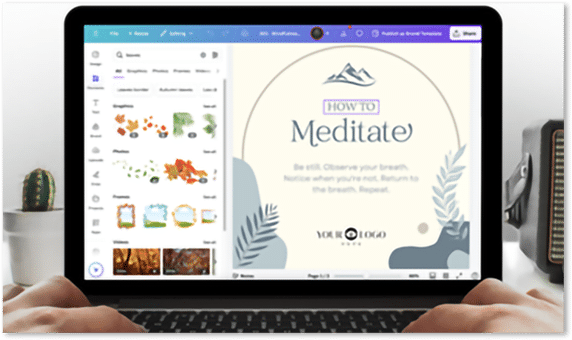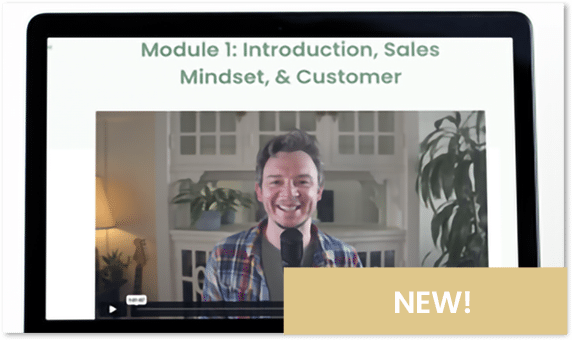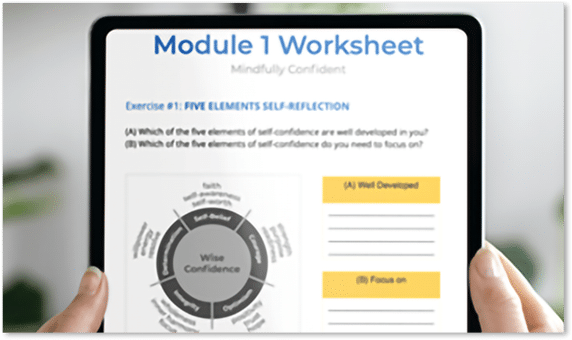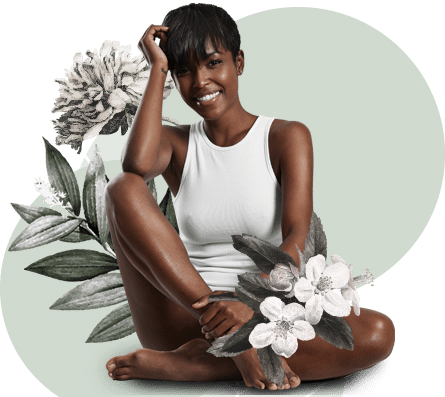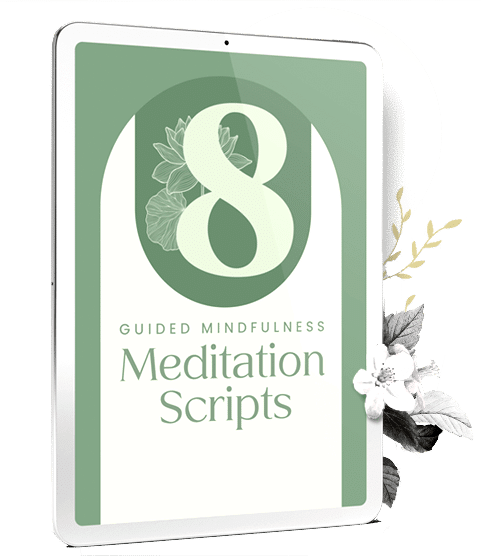In today’s fast-paced world, many of us struggle to quiet our busy minds. Even those who teach mindfulness or meditation often admit how challenging it can feel to sit still, notice the chatter, and stay present.
Recently, I had the pleasure of speaking with Ariel Garten, neuroscientist, psychotherapist, fashion designer, and founder of Muse, the brain-sensing headband designed to make meditation more approachable.
Our conversation left me inspired and reminded me how mindfulness isn’t just about the mind, but also the body, the heart, and even the tools we choose to support our practice.
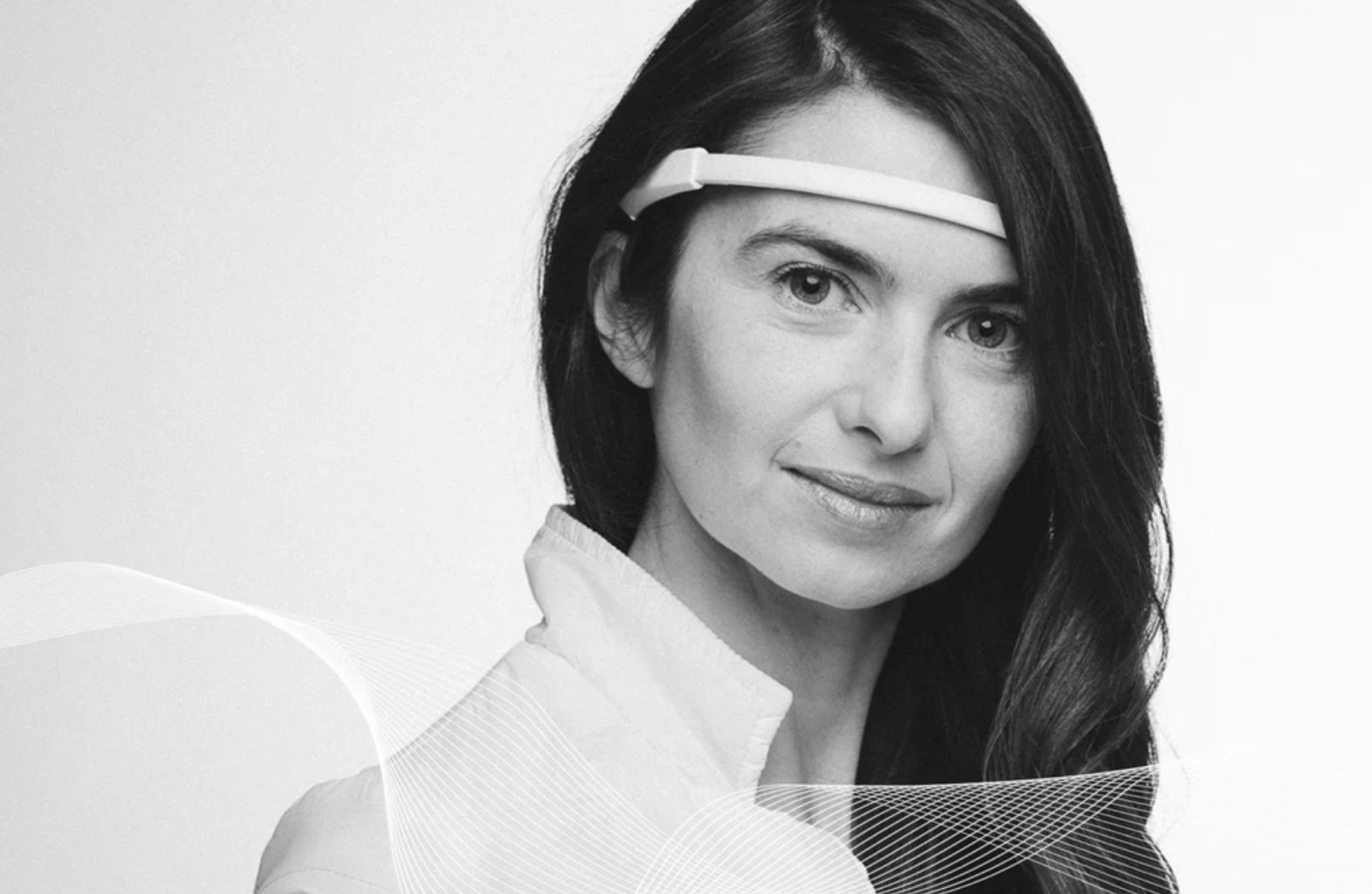
Ariel Garten’s Journey from Struggle to Innovation
Like many of us, Ariel once found meditation difficult, even intimidating. Her mind was constantly buzzing with ideas, and the thought of quieting it felt overwhelming. Instead of giving up, she transformed this challenge into innovation, developing Muse — a headband that uses EEG sensors to provide real-time feedback on brain activity.
This technology turns abstract mental states into something tangible, offering guidance through soundscapes like gentle waves for calm focus or stormy winds when the mind begins to wander. With consistency, Muse helps users strengthen the prefrontal cortex — the part of the brain responsible for focus and emotional regulation — much like exercising a muscle.
How Muse Enhances Meditation
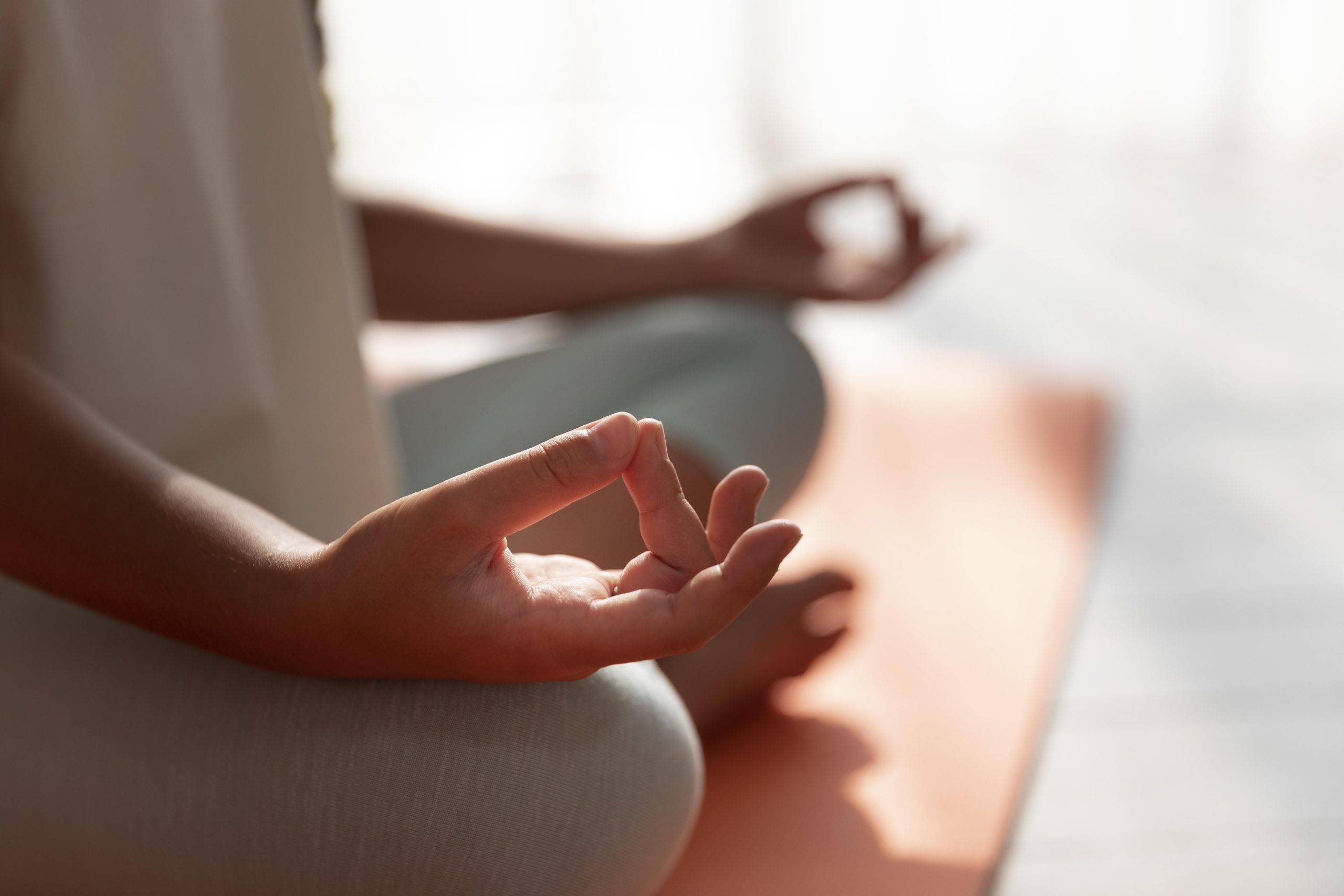
One of the most fascinating aspects of the Muse 2 is how it mirrors the inner landscape of meditation. When your attention steadies, you may hear calming bird sounds as subtle reinforcement. When the mind drifts, the sounds shift — gently nudging you back to awareness without judgment.
Beyond brain activity, the Muse 2 also tracks heart rate and circulation using a PPG sensor. This opens the door to heart-centered meditation, where listening to your heartbeat as rhythmic drum sounds deepens interoception — your awareness of what’s happening inside your body. Improved heart rate variability and emotional regulation are often byproducts of this practice.
Mindfulness Without Devices
While technology like Muse can be an excellent guide, mindfulness is ultimately about cultivating awareness with or without tools. You can try simple practices right now:
- Breath Awareness: Label your wandering thoughts as “storm” and gently return to the breath, much like Muse’s sound feedback system.
- Heart Meditation: Place a hand on your chest and notice how your heartbeat changes with each inhale and exhale. Allow any emotions that arise to simply be.
- Body Scan for Sleep: Before bed, tense and release each muscle group while breathing deeply to relax your body and prepare for restful sleep.
These unplugged practices remind us that mindfulness is always accessible, no matter where we are.
The Science-Backed Benefits of Muse
During our conversation, Ariel highlighted how Muse not only supports meditation practice but also enhances cognitive performance. By measuring brain activity such as alpha peaks, Muse shows how consistent mindfulness can boost focus, creativity, and stress resilience.
Studies have found that Muse users often report:
- Greater calm and relaxation
- Improved ability to manage distractions
- Better sleep quality
- Increased clarity and focus in daily life
These benefits align with what I’ve seen in our community — mindfulness, whether supported by technology or practiced traditionally, transforms the way we meet life’s challenges.
Mindfulness as a Lifelong Practice
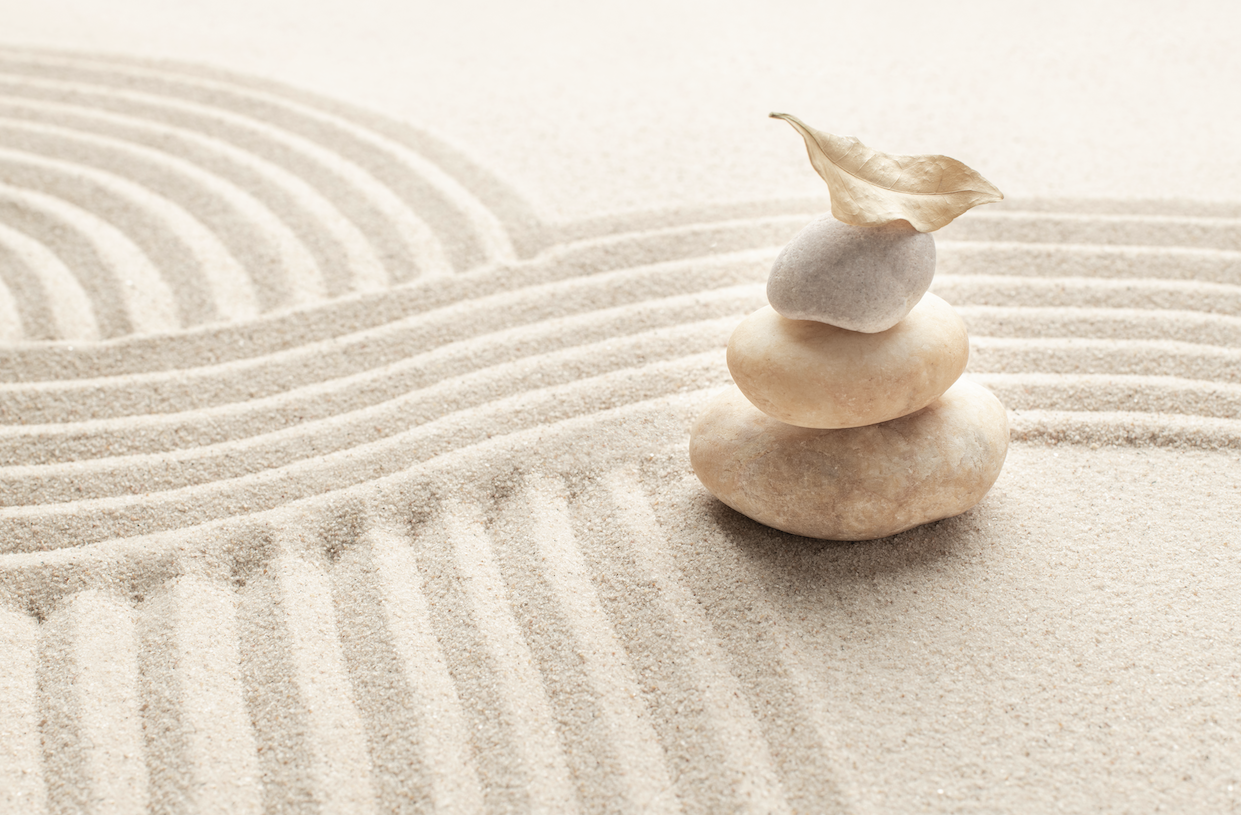
What resonated most deeply was Ariel’s reminder that meditation is not about perfection. It’s a lifelong practice of tending to our mental health, embracing our inner experiences, and gently guiding them in a healthier direction. Whether through technology like Muse or unplugged awareness, the goal remains the same: to live more present, compassionate, and connected lives.
Final Thoughts
If you’re curious about deepening your mindfulness practice, I encourage you to listen to the full episode with Ariel Garten. Her story beautifully blends science, technology, and humanity, offering practical insights for both beginners and experienced meditators.
And whether you try Muse or explore these practices on your own, I’d love to hear your experiences. Share them in the comments or join the conversation in our community forum — together, we can keep supporting one another on this journey of mindful living.
